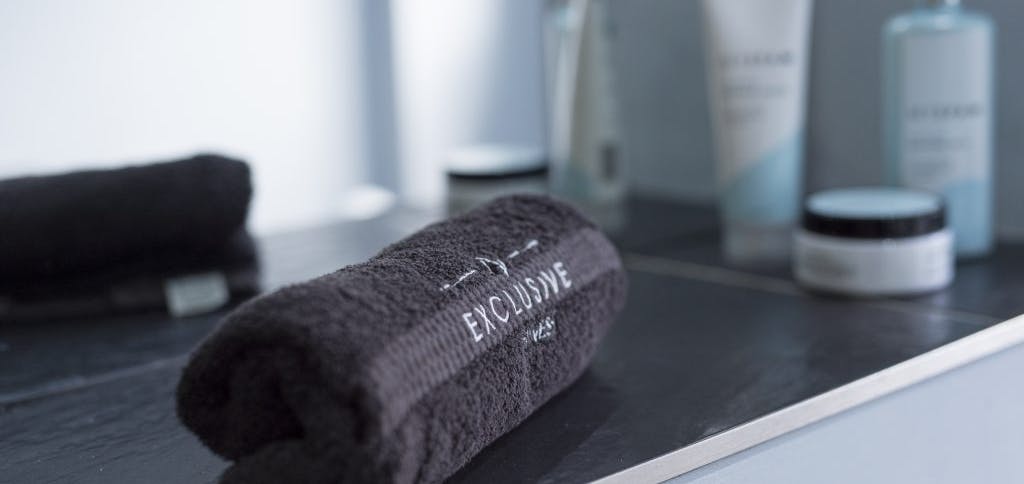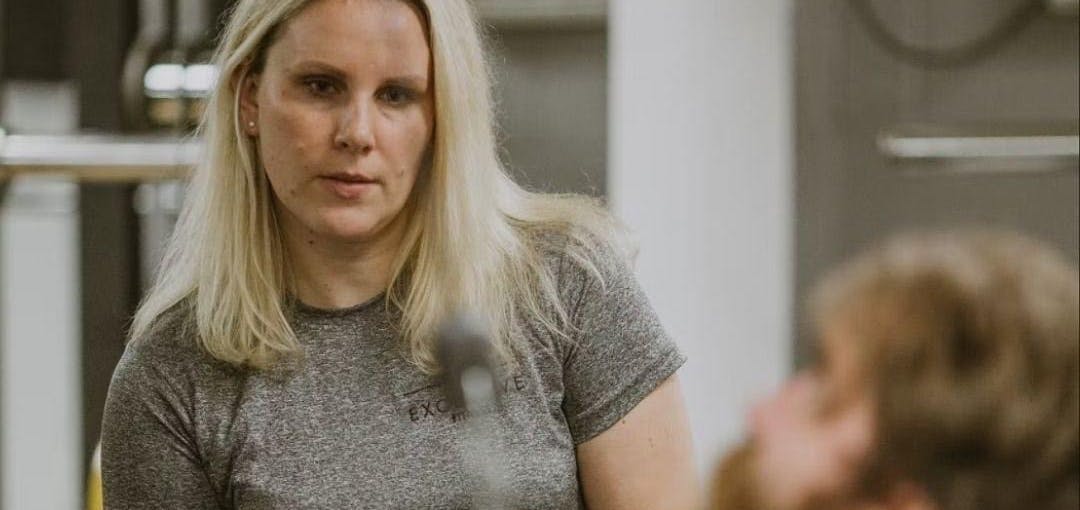We all know the feeling when starting a training programme. All the hard work you are going to undertake, all the tasty foods you may be missing out on, and all the hours spent in the gym. It will all be worth it when you have that God-like body at the end, right? Just like those Hollywood actors and fitness models? Well, unfortunately, it doesn’t quite work like that.
Unrealistic standards are everywhere in today’s world. We see pictures of fitness models everywhere claiming you can “look just like them” if you follow their plan, you see Hollywood actors buffed up and shirtless on our screens, we see pictures of boxers looking ripped at weigh-ins before big fights. But here’s the thing people don’t realise – these are not year-round, natural pictures we are seeing. That fitness model doesn’t roll out of bed looking like that every day. Neither does the boxer. At the photo shoot, the model will be severely dehydrated and would have starved themselves to achieve that look for that day. That day will represent the absolute peak of their physique, and still, the photos will be touched up and edited. And the one nobody likes to admit? Yes, they are probably on steroids…
Steroids aren’t just used by athletes any more. They are everywhere, and this is a real problem when setting realistic standards for your average person. Both Hollywood and the fitness industry are now known to massively rely on artificial means to create the bodies we see on the covers of our magazines and on the big screen. Many actors have been outed, and many yet are still to come I would suspect. So much steroid use is leading people to believe that this look is normal. Throw Photoshop into the mix and we have the perfect cocktail of false expectation. Also, mix in the constant reports of athletes being involved in “drug cover-ups” and you can see why people are constantly being shown these “perfect bodies” but are nowhere near obtaining them themselves.
Why is this such a problem? Because these are the bodies that 90% of people use as inspiration for the physiques they wish to achieve when starting a gym programme. People can get close to this, and even match this naturally, but maintaining such a shape year round whilst living a normal day-to-day life is exhausting, and near on impossible without some artificial help.
I know this first hand. I spent years competing in a sport, at a reasonably high level, where I had to make a certain body weight or I wasn’t allowed to compete. Either I made the weight, or I was out. And I have never once taken steroids or any artificial means to help me along the way. On competition day, I looked great. I’d step on the scales with a 6-pack, a bulging chest, low body fat, and people would say “Wow, you look great”. The reality? I was exhausted from months of physical prep, cutting calories and had undertaken plenty of sacrifice along the way. A lot of suffering and discomfort led to that “6 pack look”. And I always had to have time off after competition day. 2 weeks later? No six-pack in sight. The sacrifice to keep that look all year round is high, especially if you are trying to stay truly healthy and have a normal life. And remember, for me – the goal was never even to have a 6 pack. It was actually a side effect! The disappearance of abs is the same for other athletes, actors, and fitness models. That peak physique disappears between shoots, and body fat tends to go back on in the following weeks (which, of course, we aren’t shown).
Another thing that must be considered is genetic potential. Why is this so important? Simply because, for some people, it will be genetically impossible for them to look like the people they aspire to look like naturally. Some people are lucky – they are born with a fast metabolism and can eat what they want without putting on a pound. Others could eat less but put on weight. A huge proportion of humankind have the genetic make-up to put on and store weight, especially when consuming the popular, sugary foods that we do. There’s only so much we can do with the genetics we have been given in a natural way. Although it seems “unfair”, it’s true. The first step here is simple - stop comparing your body to other people!! Every body type has pros and cons. It’s about working and getting the best out of what you genetically have. Every body type has a shape that will look good, and you should strive to find this via an exercise and nutrition programme that suits you.
To emphasise the point, you can see the role genetics play in sports everywhere. The top competitors in sports often have the same genetic body type, and coaches pick out these people as children as they know the body type that is most genetically set to succeed in said sport. An obvious one is the NBA – the taller the better seems to be the trend! Also, look at a sport like rugby. Each position on the pitch seems to have its own typical shape and size. You don’t get a huge variety. Despite this, I must add – genetics alone do not guarantee success. It still takes lots of hard work and dedication. However, it certainly helps!
Taking all of this into consideration, let’s take a closer look at fitness models again, probably the best example of these false expectations. Why is else is that physique so unrealistic? Firstly, this is their full-time job. While you work 9-5, they are at work in the gym. They literally get paid to train. They have more hours in the day to work out and they will often train twice a day in the build-up to a shoot. Secondly, they will cut calories to an unhealthy, unsustainable level before a shoot, and will be extremely dehydrated on the day. Thirdly, and they don’t like to admit this – most are taking PEDs (performance-enhancing drugs, aka steroids). It’s everywhere in the fitness industry, and where there’s competition for jobs people will do whatever they can to get an advantage over others. I don’t agree with it, and I have a dislike for those in the industry who take it yet choose to deny it, but it happens. Nothing will change that. Fourth, Photoshop is massive in marketing. It’s unlikely you have ever seen a picture of a fitness model that hasn’t been edited (or any kind of model in fact). Fifth, the influence of make-up and lighting is massive in making somebody look better, and can sometimes involve hours of preparation. Some “before and after” pictures we are shown are actually taken minutes apart, just with added make-up and lighting. That’s how big of an impact it can have. Sixth, and the last thing I will mention, is their already spoken about genetic potential helping them along the way.
So what do we do about all this? Setting these unrealistic goals will ultimately lead to frustration, disappointment, and a higher chance of simply giving up. My suggestion? Aim a little lower. Don’t look at the bodies you see in Hollywood and in magazines, especially at first. Lower the bar. Some of the onus for this must be on us trainers. We are all very keen to say “Yes, I can make you look like that!”, but it’s irresponsible. Being realistic is vital to success. You need to look at where you are now, and where you want to be, and see how you can get there. Target a specific, realistic goal, remain consistent, and refine your efforts to get you there. Plan and pursue said plans, and don’t compare yourself to anybody else, especially people who have been presented in a fake, unrealistic manner. Simply put - just be the best you!






